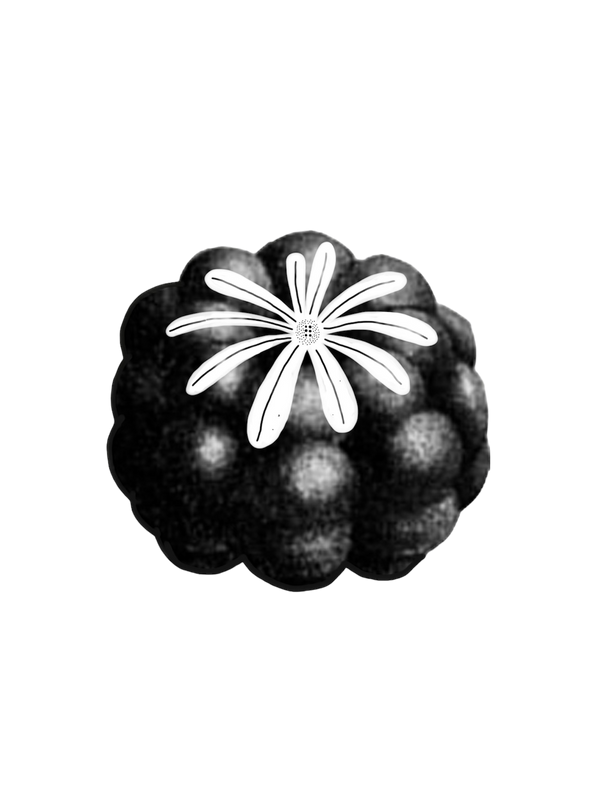It is something, however, I’ve done a bit of research on, mostly in the vein of John Lilly’s “metaprogramming the human biocomputer” or “ketaprogramming” or what not, using NMDA antagonists to enhance neural plasticity. Initially I wanted to sell a line of ketamine-based ADHD treatment tapes but they went the way of my heroin-scented bodyspray and beef-flavored valium schemes. The Lilly book unfortunately doesn’t mention ketamine a single time, but it does mention LSD. Here’s where it ties in to what we were talking about:
“Certain chemical substances have programmatic and/or metaprogrammatic effects, i.e., they change the operations of the computer, some at the programmatic level and some at the metaprogrammatic level. Some substances which are of interest at the metaprogrammatic level are those that allow reprogramming, and those that allow and facilitate modifications of the metaprograms…. “For example, the term “reprogramming substances” may be appropriate for compounds like lysergic acid diethylamide. For substances like ethyl alcohol the term “metaprogram-attenuating substances” may be useful.”
But this G9a business contradicts Lilly a bit. Although the study only examines cocaine I have no doubt that EVERY psychoactive substance produces structural changes in the brain (beyond the obvious cascade of neurotransmitters and blocking or unblocking of various pores and channels). So alcohol may not be so much a “metaprogram-attenuating substance” as much as a substance which writes a shitty metaprogram. if you look at a neuroscience textbook printed before the early 90s it will say that eurons cannot regenerate. It was not until recently that neuroscientists realized neurogenesis occurs in adults, and even more recently that it is a common effect of SSRI antidepressants which are thought to exert some of their therapeutic effect by inducing neurogenesis in the hippocampus.
BUT THEN LISTEN TO THIS:
“Caffeine was added to rat neurons in vitro. The dendritic spines taken from the hippocampus grew by 33% and new spines formed. After an hour or two, however, these cells returned to their original shape.”
Sound familiar? It’s a bit different in that they are observing the hippocampus and not the NAcc as in the cocaine study, but the basic premise is the same. Now think about the behavioral difference in cocaine users versus caffeine users and what the intend to purpose of their respective drugs is: Caffeine is used to anxiously go to work and take a shit, whereas cocaine is used to engage in impulsive/sexual/self-destructive behavior.
The question becomes: Does the behavior make the drug or does the drug make the behavior? It’s a combination of the two. I think all of this comes back to an interesting problem: It’s like the movie Lawnmower Man, when we think of a “smart drug” we think of a pill that effortlessly and instantaneously raises our intelligence, but I think the real key is to understand that you must COOPERATE with the drug. Once you understand this, then a wealth of potent “smart drugs” already exist, eg 2C-D, amphetamines, and (tentatively) ketamine. A “smart drug” allows us to alter our everyday (sober) patterns of learning and concentration for the better by reinforcing activity on these desirable pathways. Whew, anyway now you’ve got me on an adderal rant! (It’s good though, it’s strengthening my rant pathway.)
